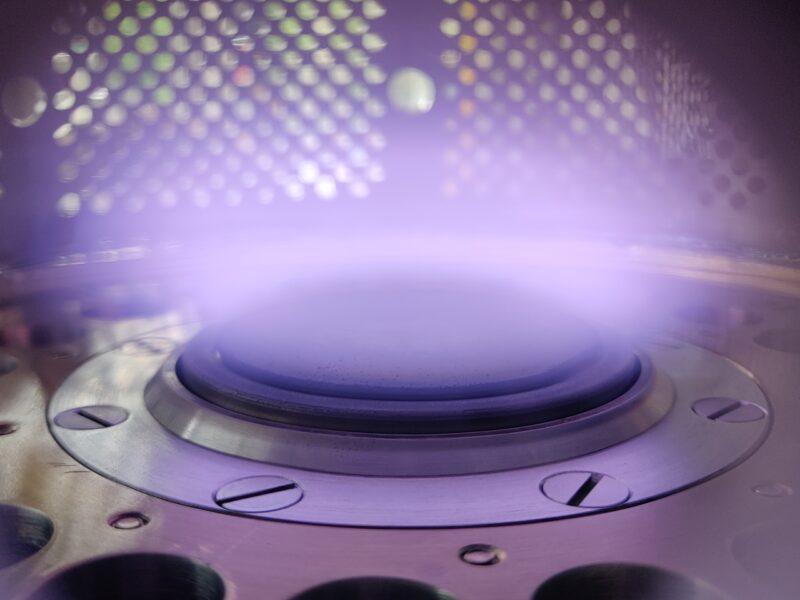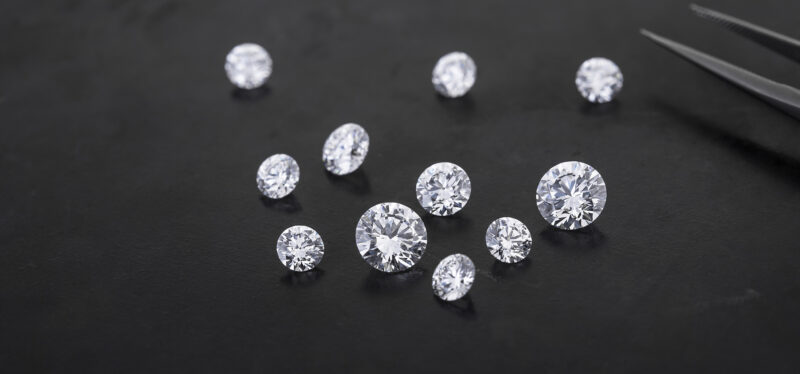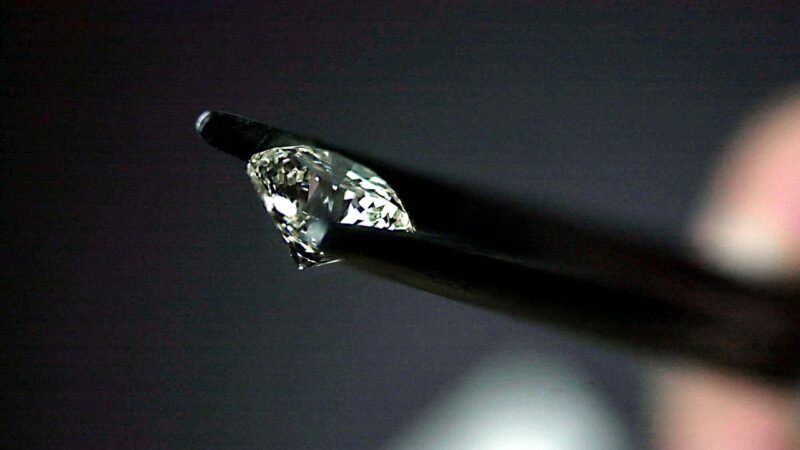Lab grown diamonds have gained popularity in recent years due to their ethical, sustainable, and affordable nature. However, many people are still unaware of the science and innovation behind these diamonds. In this article, we will take a closer look at the technology behind lab grown diamonds and how they are produced.
1. Chemical Vapor Deposition (CVD)
Chemical vapor deposition is one of the most common methods used to produce lab grown diamonds. In this process, a diamond seed is placed in a vacuum chamber and heated to extreme temperatures. A mixture of gases, including methane and hydrogen, is then introduced into the chamber. The gases are ionized, and the carbon atoms in the methane bond to the diamond seed, creating a layer of diamond. This process is repeated multiple times until the desired size of the diamond is achieved.
2. High Pressure High Temperature (HPHT)
High Pressure High Temperature is another method used to produce lab created diamonds uk. In this process, a diamond seed is placed in a chamber with carbon and other trace elements. The chamber is then heated to extreme temperatures and put under immense pressure, replicating the conditions under which natural diamonds are formed. The carbon atoms bond to the diamond seed, creating a larger diamond. This process is repeated multiple times until the desired size of the diamond is achieved.
3. Microwave Plasma Chemical Vapor Deposition (MPCVD)

Microwave Plasma Chemical Vapor Deposition is a relatively new method used to produce lab grown diamonds. In this process, a diamond seed is placed in a chamber with a mixture of gases. The chamber is then subjected to a microwave field, which ionizes the gases and creates a plasma. The carbon atoms in the plasma bond to the diamond seed, creating a layer of diamond. This process is repeated multiple times until the desired size of the diamond is achieved.
4. The Importance of Quality Control
Quality control is a crucial aspect of lab grown diamond production. To ensure that lab grown diamonds are of high quality, the production process must be closely monitored and controlled. Factors such as temperature, pressure, and gas composition must be carefully controlled to ensure that the diamond is of the desired quality and purity.
5. The Future of Lab Grown Diamonds

The lab grown diamond industry is expected to grow significantly in the coming years. As the demand for sustainable and ethical diamonds continues to grow, lab grown diamonds offer an attractive alternative to mined diamonds. The technology behind lab grown diamonds is also expected to continue to evolve and improve, leading to higher quality diamonds and more efficient production methods.
Conclusion
The technology behind lab grown diamonds is complex and innovative, but it offers a sustainable, ethical, and affordable alternative to mined diamonds. With the industry expected to continue to grow and evolve, lab grown diamonds have the potential to revolutionize the diamond industry and provide consumers with a more transparent and ethical option. As the demand for sustainable and ethical diamonds continues to grow, lab grown diamonds are poised to become a significant player in the diamond industry.


